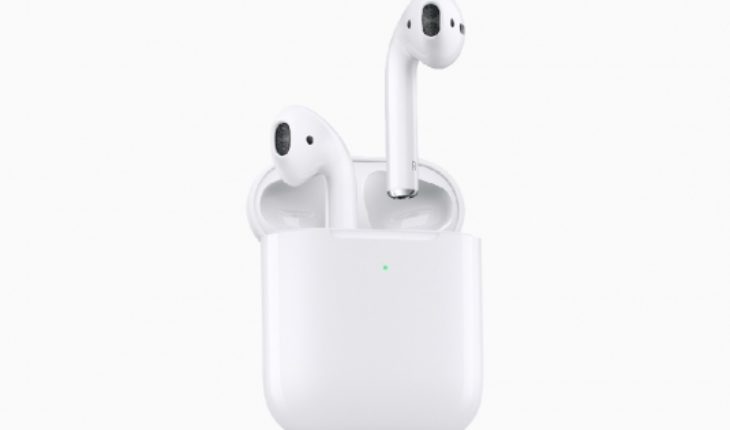AirPods 2, Apple’s second generation of hearing aids, has been available for some time now, offering some improvements over the first version.
I must confess that the use of hearing aids is not necessarily comfortable for me, as I have a small ear, where it is usual that much of the hearing aids come out. In this case, its use was much friendlier because of the light than of each headset and for having no cable. However, it did not give me the confidence to do sports or more movement activities although, I insist, it is an inconvenience to which I am accustomed and avoid taking the risk. That’s why i was helped by someone of “most common size ear” for this test.
Your opinion? They are very comfortable to be light, ergonomic to such an extent that they hardly feel when worn.
Passing the ear parenthesis, the Bluetooth connection is quite universal. I tested them on a Pro Macbook, an Asus notebook running Windows 10, a Samsung note 9 and in all tests they worked well as audiophones.
However, it should be clarified that of course smart features such as touching airpods to advance track or invoke siri will only be available on devices with updated iOS or macosx.
A favorable mention with Android is that you can use the activated Apple Music app and an additional app called AirBattery (for a fee), both downloadable from Google Play. With them you can get a pretty decent and similar experience as if it were an iPhone, since the Apple Music app applies compatible AAC music protocols and the AirBattery app activates the smart features of the airpods in Android, such as the optical sensor to pause/resume music by removing/putting on the hearing aids respectively at the cost of higher CPU usage on the Android to compensate for these features almost 100%.
In terms of loudness, both generations 1 and 2 sound identical, with very present and well-equalized factory basses, mid-sound and treble balanced amplitude.
It has microphones in both hearing aids so the experiences in calls in noisy environments are quite good, they have environmental noise reduction called beamforming, which balances the ambient noise by filtering it to achieve the sound of your voice in the foreground.
On both iPhone and Android, there are no major differences and both deliver the same sound quality.
Useful and technical details
Weight: 4 grs each
Weight case: 38 grs
Version 1 occupies a chip called W1 which is designed to occupy the energy of each hearing aid in an ultra-efficient manner.
It provides an average usage time of 3 to 4 hours, compared to the 5 p.m. the brand promises. This is because the volume was reduced to 50% and the audio quality bits were 256 kbps and could therefore last 5 hrs. being met at optimal and controlled conditions.
The second version includes a built-in wireless charging case, allowing you to use any qi-compatible charging device to power the new airpods wirelessly.
This improved version incorporates an H1 chip which, in addition to using the battery in an ultra-efficient way, is designed to link even faster to the iPhone as opposed to the last generation (3 seconds vs. 5 seconds approximately).
First generation guys deliver functionality with Siri by double-taping the hearing aid, while the second is enough to say “hey Siri” to invoke this feature on the iPhone.
In addition, airpods 1 occupy bluetooth 4.1 protocol, while newer ones have version 5.0 which makes the connection between the airpods and the iPhone more stable. The average safe link distance is 4 mts. as long as there are no walls too thick between the iPhone and the airpods.
translated from Spanish: Airpods 2: New features although it still stands out for its sound quality
October 16, 2019 |





